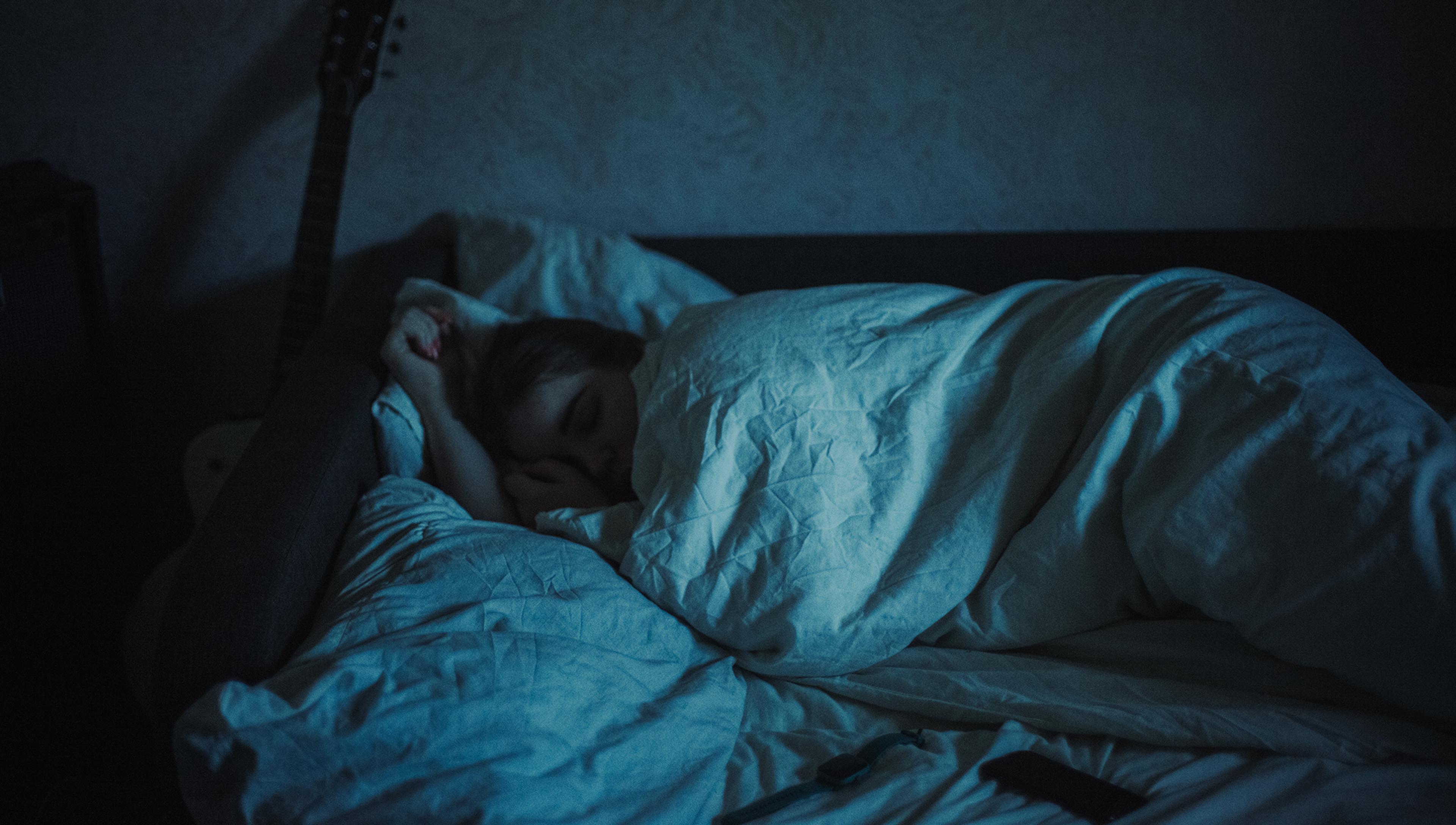Heightened stigma, a lack of privacy and inadequate support services add to mental health challenges in rural communities
You might think of rural communities as friendly and supportive, with a wholesome, slower pace of life. They offer an appealing contrast to cities, which might be more exciting but can also be places of loneliness where everyone is a stranger and the hurry up-and-go lifestyle often leads to stress. Perhaps you even dream of a small town and all that it might offer. While some of the small-town stereotypes can be true, there exists a rural underbelly too. In the United States, we might know our rural neighbours and wave at everyone when we drive by but, as in other remote communities around the world, we can also know too much about one another. People can feel trapped with little to no way out; they often long for anonymity.
Consider ‘Sandy’, a single mother to a newborn baby, living in a small town in Arkansas. She feels depressed and doesn’t want to get out of bed in the morning. Sandy’s mother, who lives with her, doesn’t understand why Sandy is struggling. ‘Toughen up,’ she tells her, ‘it will pass … just pray about it.’
Sandy thinks about finding a therapist but the closest one is a 30-minute drive away in another town. Not only is her car unreliable and she’s worried about the expense (her insurance doesn’t cover mental health care), she’s also embarrassed that someone might see her walking into the therapist’s downtown office. Like so many rural residents who never disclose a mental health concern, Sandy ends up suffering in silence.
Sandy’s story reflects the distinct mental health challenges confronting the 3.4 billion people globally who, according to United Nations estimates, now live in rural communities – issues such as stigma, the shame that still exists about what it means to have a mental illness, the lack of mental health services, and a lack of understanding and recognition of mental health signs and symptoms.
The issue of stigma is especially heightened in rural settings. In a small town, the chances are that the therapist’s office might be bang next door to the local bank or supermarket. As well as the fears of being seen going into and out of a counsellor or therapist’s office, or spotted picking up a psychiatric medication at the pharmacy, the reality is that the pharmacist might even be a relative, friend or neighbour.
In my research with colleagues, I’ve heard people with mental health problems say things such as: ‘I didn’t want people to think I was less than’ or ‘Only crazy people go to a shrink.’ Such concerns demonstrate the fears and stereotypes that still remain about seeking mental health treatment. Given the lack of privacy in smaller communities, rural residents might hold these beliefs even more than city dwellers.
Some 120 million people in the US live in rural places with a shortage of mental health professionals
Indeed, increased fears around stigma might help to explain why rural clients who experience mental illness enter care later than their urban counterparts, and also why they present with more serious symptoms and often require more intensive treatment.
That’s if any such treatment is available – in many rural settings it simply isn’t there. In the US, for example, some 120 million people live in rural places that have been designated mental health professional shortage areas (HPSAs). Instead of turning to the US health service, rural people in need frequently depend on alternative sources of support, such as faith-based organisations, family or friends. Or they just try to cope with their mental health symptoms alone.
The situation is compounded by the lack of understanding in rural communities about mental health. Myths, assumptions and stereotypes exist about what a mental illness is, what it means, and how to cope. ‘Don’t air your dirty laundry,’ ‘[W]e just need to seek God, not medication’, ‘People judge you and don’t trust you,’ and ‘What happens behind closed doors should stay behind closed doors’ are examples of the widespread beliefs that encourage people to keep their mental struggles a secret from anyone outside of the family.
Why these beliefs are more common in rural areas is a question worth investigating. Perhaps educational levels, religious beliefs or a small-town ‘culture’ affect attitudes in rural communities (this is not to suggest that every rural community is the same; more local factors will surely play a role).
Such beliefs are found in rural communities all over the world and directly linked to serious, adverse outcomes. The American Medical Association Foundation asserts that health literacy is a more important predictor of health status than age, income, employment, education or race and ethnicity. In part, this is due to the way that poorer health education is associated with a reduced willingness to take prescribed medications and a decreased ability to understand medication instructions.
Therefore, public mental health education focused on rural communities should be a priority, preferably offered in free, public spaces so that it is accessible to everyone in the community. Health departments, public libraries and other agencies that offer affordable or free services are locations where mental health education could be offered in rural communities. The specialised training of rural mental health practitioners is also vital. All mental health treatment should be tailored to the cultural context, yet many practitioners who provide clinical services in rural areas report feeling incompetent due to lack of relevant training and professional isolation.
Thankfully, there are emerging solutions. Telemental healthcare, telehealth and telepsychiatry are growing steadily, and provide anyone with reliable internet the opportunity of attending an appointment in their own home. These platforms offer residents the ability to talk about mental health issues on the phone or via a computer with a trained professional, in real time.
Virtual peer-support groups, many of which are free, are another option. Although these electronic interventions are not as well-studied as far as their effectiveness, they offer accessible alternatives to those who might not have reliable transportation, or who wish to have services delivered in the privacy of their homes rather than in an office.
People like Sandy should not have to suffer in silence. Her ‘dirty laundry’ is not dirty at all. It’s the same laundry that so many others have – one in five adults in the US, according to the National Alliance on Mental Illness in 2015 – and who, in any given year, also need support for coping with common mental health struggles. Sandy deserves the resources, access and expertise that those living in more suburban and urban areas can easily access. However, until we turn our attention to rural mental health issues, Sandy’s struggles will stay the same.



